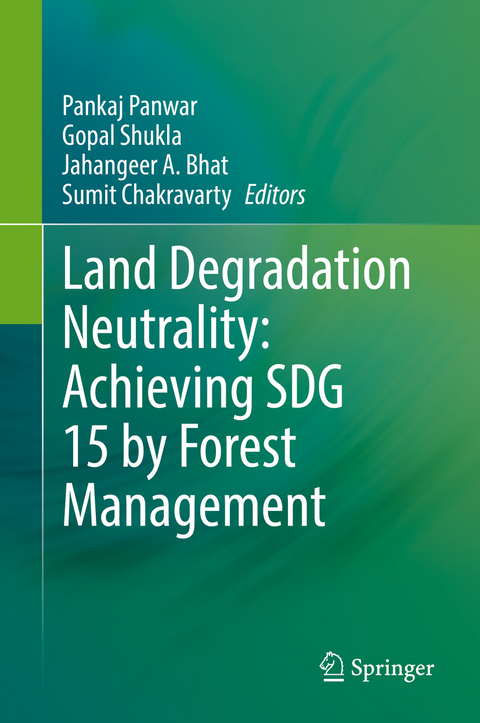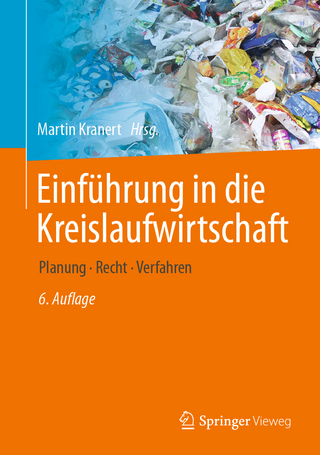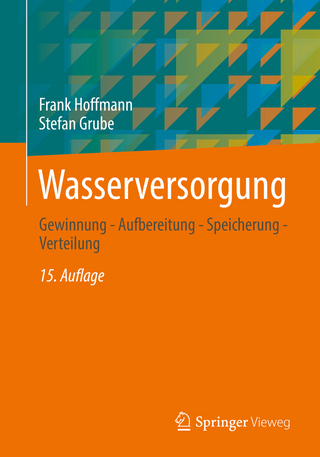
Land Degradation Neutrality: Achieving SDG 15 by Forest Management
Springer Verlag, Singapore
978-981-19-5477-1 (ISBN)
Dr. Pankaj Panwar, Principal Scientist, ICAR-Indian Institute of Soil and Water Conservation, Research Center Chandigarh, Sector 27 A, Madhya Marg, Chandigarh - 160 019, India Dr. Gopal Shukla, Assistant Professor, Department of Forestry, Uttar Banga Krishi Viswavidyalaya, Pundibari-736165, Cooch Behar, West Bengal, India Dr. Jahangeer A. Bhat, Scientist, Rani Lakshmi Bai Central Agricultural University, College of Horticulture and Forestry, Rani Lakshmi Bai Central Agricultural University, Gwalior Road, Jhansi -284003, Uttar Pradesh, India Dr. Sumit Chakravarty, Professor & Head, Department of Forestry, Uttar Banga Krishi Viswavidyalaya, Pundibari-736165, Cooch Behar, West Bengal, India
chapter 1. Forest Resources of the World: Present Status and Future Prospectus.- Chapter 2. Effect of Deforestation and Forest Fragmentation on Ecosystem Services.- Chapter 3. Impact of Deforestation on Faunal Diversity and Its Management Strategies.- Chapter 4. Drivers of Deforestation, Forest Degradation and Management Responses in Ghana.- Chapter 5. Forest Degradation in Nigeria: Case Study of Rugu Forest Reserve, Katsina State.- Chapter 6.Deforestation and Degradation in the Mangrove Ecosystem: Implication on Environment and Livelihoods.- Chapter 7. Assessing Land Degradation using SDG 15.3.1 Indicators: Case Study from Climatevulnerable Assam State of India.- Chapter 8. Benefits and Risks Analysis of a Novel Nomadic Practice in Northeast China.- Chapter 9.Soil Degradation: Causes, Consequences and Analytical Tools.- Chapter 10. Accountability of Woody Plants for Restoring Degraded Forest Landscapes and Provision for Ecosystem Services: An overview.- Chapter 11. Ecological Restoration of Degraded Forests for Achieving Land Degradation Neutrality.- Chapter 12. Tree Plantation: A Silver Bullet to Achieve Carbon Neutrality.- Chapter 13. Role of Protected Area in Conservation and Sustainable Management of Biodiversity: An Indian Perspective.- Chapter 14. Structure, Pattern and Composition of Riparian Vegetation in North-Western Himalayas, India.- Chapter 15. Land Degradation Neutrality in Coastal India: Case of Mobius' Strip Linking Pedodiversity and Biodiversity.- Chapter 16. Role of REDD+ in reducing Land Degradation and Achieving SDGs.- Chapter 17. Carbon Sequestration Acts as a Moderator for Soil Restoration of Degraded Coal Mined Lands: An Overview.- Chapter 18. Nature Conservation Effects on Forest Carbon Sequestration, Biodiversity of Plants and Macro-fungi: A Case Study in Central Lesser Khingan Mountains, NE China.- Chapter 19. Urban Forest Resources: A Strategy for Achieving Land Degradation Neutrality.- Chapter 20. Soil Nitrogen Dynamics and Management in Agroforestry Systems for Ecological Sustainability.- Chapter 21. Land Degradation Neutrality for Achieving Climate Resilience in Agriculture.- Chapter 22. NTFP and Homegarden vis-à-vis Land Degradation Neutrality: Sustainable Livelihood and development.- Chapter 23. Indian Forests: Sustainable Uses and Its Role in Livelihood Security.
| Erscheinungsdatum | 22.10.2022 |
|---|---|
| Zusatzinfo | 1 Illustrations, black and white; XVI, 452 p. 1 illus. |
| Verlagsort | Singapore |
| Sprache | englisch |
| Maße | 155 x 235 mm |
| Themenwelt | Naturwissenschaften ► Biologie ► Ökologie / Naturschutz |
| Naturwissenschaften ► Geowissenschaften ► Geografie / Kartografie | |
| Weitere Fachgebiete ► Land- / Forstwirtschaft / Fischerei | |
| ISBN-10 | 981-19-5477-1 / 9811954771 |
| ISBN-13 | 978-981-19-5477-1 / 9789811954771 |
| Zustand | Neuware |
| Informationen gemäß Produktsicherheitsverordnung (GPSR) | |
| Haben Sie eine Frage zum Produkt? |
aus dem Bereich


